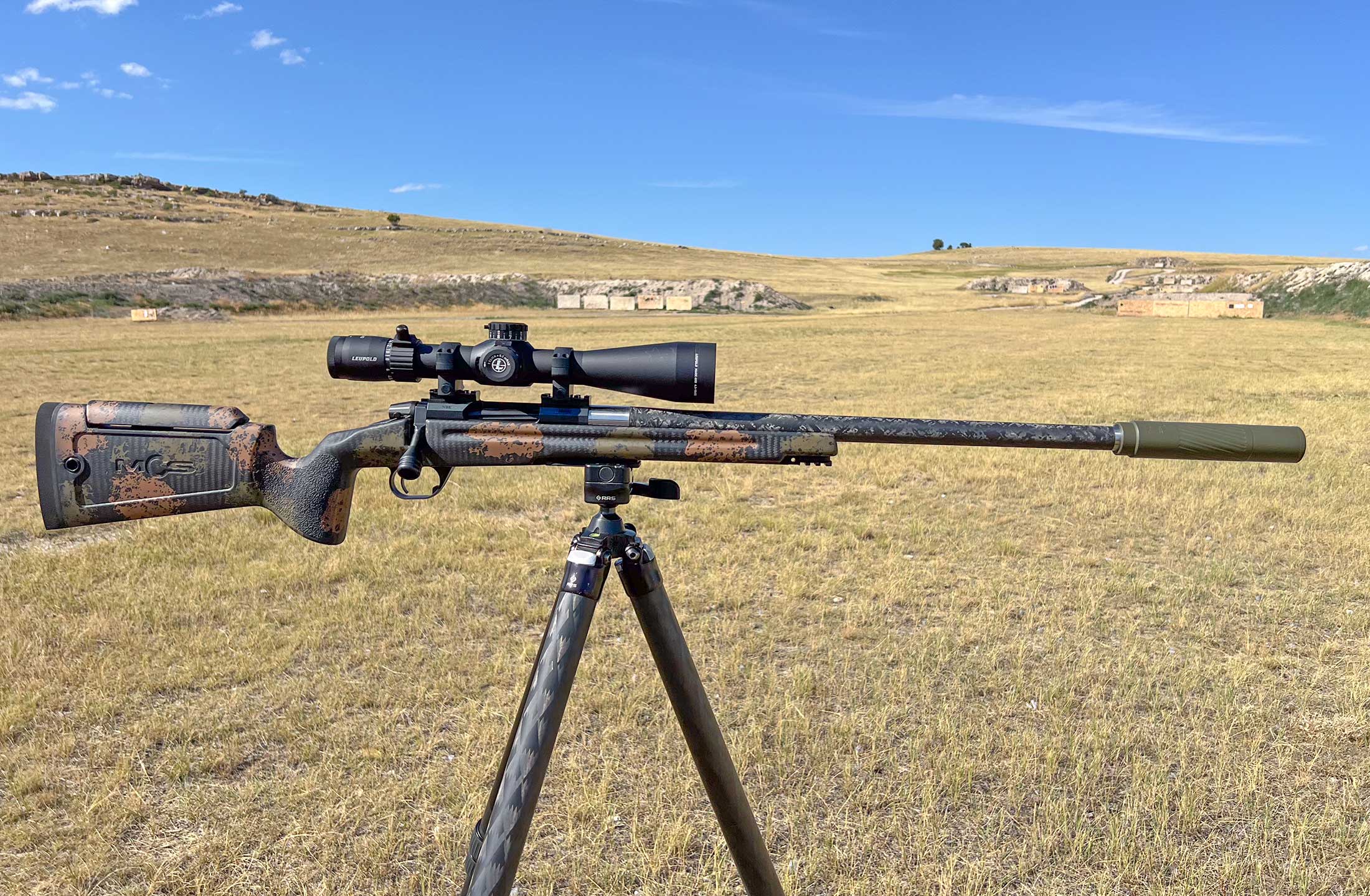Why Don’t Schools Teach Life Skills?

Why don’t schools teach life skills? The answer is actually much simpler than you might initially think. Schools have long prioritized academic achievement and standardized testing over practical skills, and that focus shows no sign of slowing down. There is little room for subjects outside core areas, and teachers receive minimal guidance on delivering life skills lessons. Tight budgets and resource constraints force schools to concentrate on tested subjects.
Many educators believe some skills, like budgeting or interpersonal conflict resolution, can’t be taught effectively in a classroom setting. Others assume life skills belong at home or in real-world experience, not in schools.
Together, these factors create a system where students graduate knowing algebra but not how to balance a checkbook, change a tire, make a fire, cook, or advocate for themselves. Children are left vulnerable.
Why don’t teachers teach life skills? Let’s just go through the main reasons that have to be pointed out.
Academic and Testing Pressures
Schools face intense pressure to deliver strong test scores, which directly influence funding and reputation. When performance on standardized exams determines whether a school thrives or struggles, administrators naturally allocate time and resources to tested subjects like math and reading.
Life skills courses rarely factor into state assessments, so they’re deemed “non-essential” in day-to-day scheduling, even though they have enormous real-world value. For instance, subjects like personal finance and nutrition, though vital to day-to-day living, aren’t considered part of core academic standards, and so, are pushed to the backburner.
Curriculum Constraints
Most schools must follow a rigid, government-mandated curriculum that outlines specific subjects and learning standards. If a topic isn’t explicitly included, teachers often feel they lack authority to cover it.
Adding life skills classes would require cutting existing courses, or extending the school day, which few districts can afford. The rigid structure leaves little room for electives like cooking, home repairs, or financial literacy. Even if teachers are passionate about these topics, they might not have the flexibility to include them without making significant sacrifices elsewhere in the school schedule.
Lack of Teacher Training and Guidance
Teaching practical skills, from cooking to bartering, requires specific expertise that many teachers haven’t been trained to provide. Without professional development or curricular resources dedicated to life skills, even well-intentioned educators struggle to know where to start.
Teachers aren’t typically trained in life skills, and they may not be equipped to deliver lessons on complex topics like emotional intelligence, household management, or how to make a Dakota fire hole. Without additional support or specialized training, educators are often left without a roadmap to successfully integrate life skills into their classrooms.
Funding and Resource Limitations
District budgets are tight, and life skills classes lack dedicated funding. Equipment for labs (like kitchens or workshops) and smaller class sizes for hands-on learning cost more than traditional classroom setups, expenses most schools can’t cover without additional grants or community support.
With the growing demand for technology, standardized tests, and college preparation programs, schools are focusing funds on those areas. For many districts, the idea of funding classes for subjects like carpentry, gardening, or crochet just doesn’t fit into the budget. In the face of such financial constraints, life skills courses often take a backseat to more “essential” subjects.
Belief That Life Skills Can’t Be Taught in Class
Many educators and policymakers argue that certain abilities, such as resilience, empathy, or conflict resolution, are best learned through life experience rather than formal instruction. They contend that classroom time is too artificial to instill habits students must practice in real environments.
Real-world experience can teach these skills in ways that the classroom simply cannot replicate. For example, you don’t truly learn how to budget until you’re living on your own, trying to make ends meet with limited resources. While schools can teach the theory behind budgeting, the actual application of these skills often happens outside the classroom. The same applies to most life skills but it does not mean that, with a little effort, it is not possible.
Assumption It’s a Family’s Responsibility
Some school leaders believe teaching children how to cook, clean, identify herbs, or maintain a vehicle falls squarely within parental duties. When life skills aren’t taught at home, however, gaps emerge that schools aren’t prepared (or funded) to fill. This assumption places a significant burden on parents, particularly those without the resources or knowledge to teach these vital skills.
Unfortunately, this leaves a generation of young people ill-prepared for adulthood, often relying on trial and error to figure out how to handle basic life tasks. This gap can have long-lasting effects on their ability to live independently and responsibly. If a crisis appears, children simply have no idea what to do since they were not at all prepared to deal with the unexpected.
Competing Priorities and Burnout
Teachers already juggle academic instruction, standardized test preparation, special-education mandates, and social-emotional support. Adding life-skills lessons can feel overwhelming and risks teacher burnout.
Without systemic support like smaller class sizes, planning time, and materials, life skills often fall to the bottom of the priority list. Teachers are expected to do it all, yet there simply aren’t enough hours in the day to focus on every area of student development. As a result, life skills classes are often sacrificed in favor of academic courses that are tied to state-mandated assessments.
Why All This Matters for Preppers
In uncertain times, practical self-reliance can mean the difference between thriving and merely surviving. If schools aren’t teaching these essentials, you’ll have to learn them yourself AND teach them to your family. Building, repairing, growing, preserving, caring for animals, sewing, foraging, and negotiating real-world systems are core prepping skills that life-skills education should cover. By teaching yourself how to garden, preserve food, fix things around the house, and manage money, you can ensure your family is well-equipped to handle any emergency, whether that’s a natural disaster, economic downturn, or a societal collapse.
As preppers, we understand the importance of hands-on skills like cooking, self-care, and first aid. These are not just nice-to-have abilities. They can mean the difference between life and death in extreme circumstances. So, while schools may not be preparing students for these challenges, it’s up to us as individuals to take the lead and equip ourselves with practical, everyday skills. Whether it’s learning how to create a food storage system or becoming proficient in off-grid survival, these life skills are an essential part of long-term preparedness.
Ready to Take Your Skillset Further?
If you’re serious about mastering the practical abilities schools leave out, The Wilderness Survival Guide offers in-depth instruction on everything from shelter building to first aid. This book doesn’t just teach you theory—it walks you through real-world situations so you can act confidently when it matters most.
Inside, you’ll discover:
-
Step-by-step field techniques for navigation, firecraft, and water sourcing.
-
Strategies for improvising tools and gear from natural and found materials.
-
Comprehensive first-aid methods to handle injuries off the grid.
Don’t wait for a crisis to teach you what you should have learned in school. Equip yourself today and gain the life skills that truly matter with this guide.
Become Your Own Teacher in Health and Medicine
In addition to wilderness skills, understanding basic medical care is crucial. The Home Doctor Guide empowers you to diagnose, treat, and manage common ailments when professional help isn’t an option.
Within its pages, you’ll find:
-
Clear, illustrated instructions for sutures, wound care, and splinting.
-
Natural remedies and herbal protocols to complement standard treatments.
-
Easy-to-follow plans for setting up an effective home clinic.
Schools may not teach you how to stitch a wound or brew a healing tonic, but The Home Doctor Guide will. Take control of your health and be prepared for any medical emergency, even off the grid.
FInal Thoughts On Why Don’t Schools Teach Life Skills
It’s clear that life skills are a crucial component of personal development, yet they often take a backseat in our education system. As preppers, it’s up to us to bridge this gap and ensure we’re prepared for whatever comes our way, whether that’s through learning these skills ourselves or passing them down to the next generation.
We’d love to hear your thoughts on this. Do you think schools should be doing more to teach life skills? What essential skills have you taught yourself outside the classroom? Share your opinions and experiences in the comments below. We are sure we can learn a lot from each other.
You May Also Like:

Life Skills For Kids – Teaching Fundamental Skills For Your Child To Succeed In Life
DIY Harmless Pest Traps That Actually Work (Video)
Best Prepper Books – 9 Books To Survive ANY Crisis!
How To Preserve Your Food With Wood Ash
Overrated “Survival Skills” You Don’t Actually Need
Read the full article here









